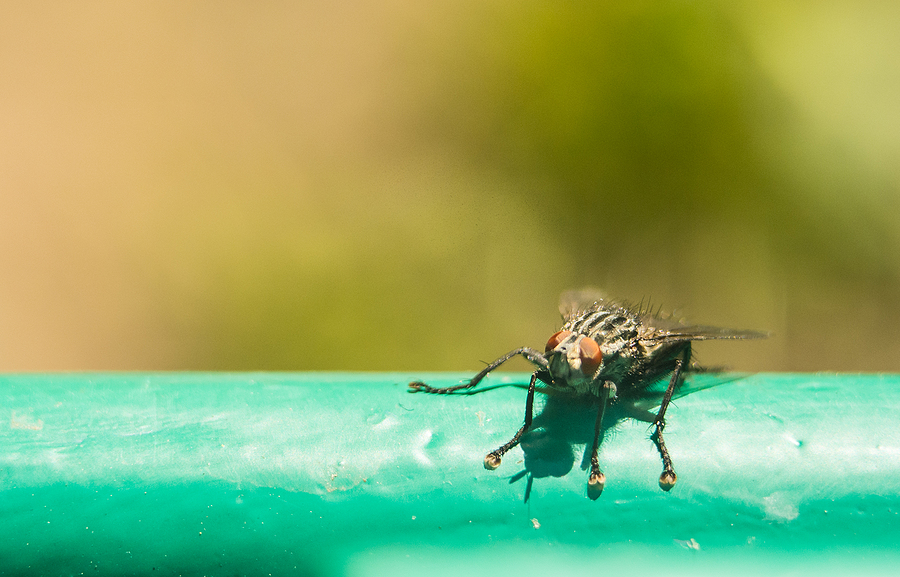Which Pests are Dormant in the Fall
- Details

You probably have noticed that some pests are much more active during certain seasons. During warm months outdoor pest problems are typically more severe, and during cooler months some of these same pests will attempt to hunker down indoors and go into a dormant state. Although this behavior can be compared to hibernation, the truth is that most insects do not spend the winter months in a deep sleep like some animals, like turtles, snakes, bats, hummingbirds, ladybugs, skunks and frogs.
This means you’re likely to see them in your residence or place of business during these times during their dormancy. Several types of insects for instance can be a real indoor nuisance during their attempts to seek shelter during this dormant state.
ANTS
Ants are masters of “waiting out the cooler seasons”. When cold air arrives, ants' body temperature drops dramatically and their movements become sluggish. As the cooler temperatures become consistent, ants enter a dormant stage in which they lay low, feeding off the fats, carbohydrates and proteins they stored the previous fall. Ants do have a few unique tricks to regulate their temperatures during the seasons. Some species build their colony under big rocks and use the rock to collect heat from the sun. Other species build mounds with tunnels to collect heat, and some even use the heat of decomposing leaves. These survival techniques help regulate temperature as they wait for warmer weather to arrive.
MOSQUITOES
Anyone who spends time outdoors knows these pests are worse during the warmer months. When outside temperatures fall too low, mosquitoes mostly will die off. However, some species find shelter and go dormant in the cooler months. Most mosquitoe’s species survive by laying winter-hardy eggs that hatch in the spring. Some species of mosquito lay eggs during the late summer or fall in areas where the ground is moist. These hardy insects remain dormant in the soil until spring. Other mosquito species survive the winter in the larval stage. The colder temperatures suspend development by inducing a state of diapauses, which slows the insect’s metabolism. Mosquitoes will generally be absent from the time that temperatures drop below 50 degrees until temperatures rise above 80 degrees.
FLIES
The cluster fly, and some other common fly species, spend cooler months in diapause, which is a hibernation-like state of reduced metabolic activity, or dormancy. Flies are known to hide in wall voids, cracks, and crevices to protect themselves from the cold. In late March to early April, they are more visible as they leave their hideouts. The cluster fly for example has a bit of an advantage over common house flies. This species lays their eggs in soil, instead of decaying matter, in late summer or early fall. They are strictly parasitic on earthworms; the females lay their eggs near earthworm burrows, and the larvae then feed on the worms. Cluster flies seek refuge during cooler weather and find their way into attic spaces and similar areas indoors. They often emerge on warm days, and cluster at windows attempting to exit, hence their name. When outdoor temperatures rise, they become more active. During their dormancy you might see them calmly gathered at windows inside as they seek warmth in the sun.
Many types of pests will seek out a place to live during the cooler months. Unfortunately, heated homes could be a target for insects, rodents and other pests during dormancy. Remember, just because pests are dormant it doesn’t mean they won’t be a nuisance. Contact Eagle Pest Services to discuss a plan to keep pests away year-round.





